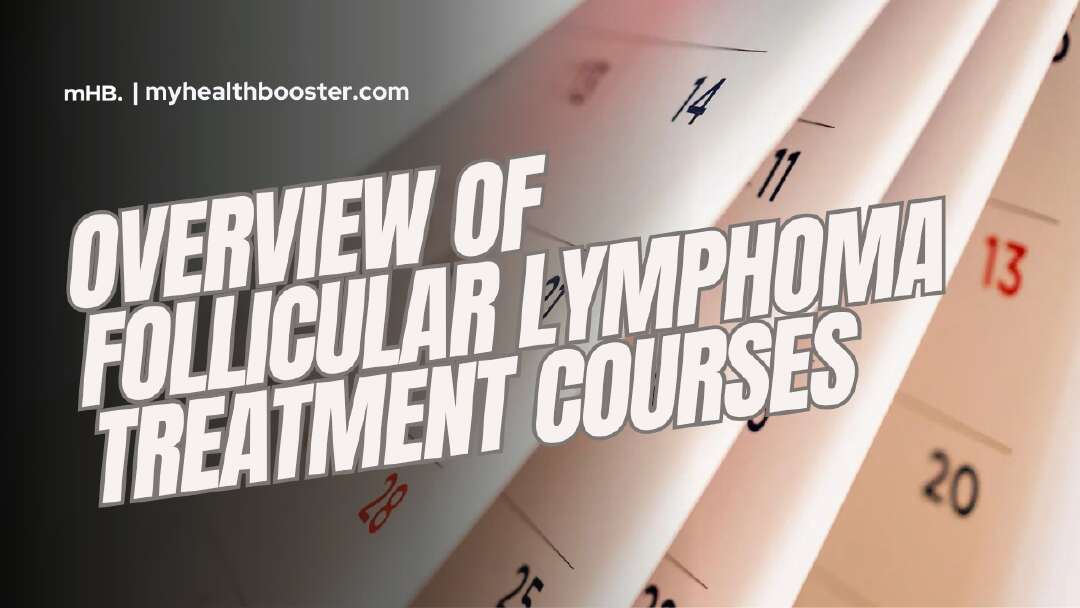Follicular lymphoma
Follicular lymphoma, while responsive to treatment, often reoccurs, necessitating additional treatment cycles. The objective is to maintain disease control with minimal side effects between these cycles, allowing for extended periods of wellness.
Understanding the Treatment Process for Follicular Lymphoma:
Watch and Wait Strategy
- For those mostly symptom-free, active surveillance, or the “watch and wait” strategy, may be employed.
- Regular checkups, lab work, and imaging tests help monitor disease progression.
- Antibody treatments, like rituximab, might be used to delay chemotherapy in symptom-free patients.
- Research indicates similar lifespans for those employing the watch and wait strategy compared to early treatment.
Active Treatment
- When symptoms manifest or the disease worsens, active treatment becomes necessary.
- Based on the illness stage and symptoms:
- Stage I and early stage II: Options include radiation therapy, chemotherapy combined with monoclonal antibodies (rituximab or obinutuzumab), or rituximab alone followed by radiation therapy.
- Stages III and IV: The standard treatment typically involves monoclonal antibodies combined with chemotherapy, and radiation for symptom relief.
- Treatment considerations include disease location, size, symptoms, test results, overall health, age, and patient preference.
Maintenance Therapy
- After initial treatment, patients in remission may be advised to undergo maintenance therapy with monoclonal antibodies for up to 2 years to reduce the risk of relapse.
- Regular checkups, blood tests, and scans are part of the follow-up to monitor remission and for any signs of recurrence.
Management if Follicular Lymphoma Returns or Persists:
- If the lymphoma returns, another round of treatment is typically needed, potentially involving different therapies.
- Refractory lymphoma, which doesn’t respond well to initial treatment, might necessitate other therapies like chemotherapy, radiation, targeted drugs, monoclonal antibodies, or CAR T-cell therapy.
- In cases where treatments aren’t effective, a stem cell transplant may be recommended. This procedure replaces damaged bone marrow stem cells with healthy ones. It requires good overall health and time for recovery.
This comprehensive overview aims to facilitate better understanding and management of follicular lymphoma, ensuring tailored treatment plans based on individual circumstances and disease progression.
